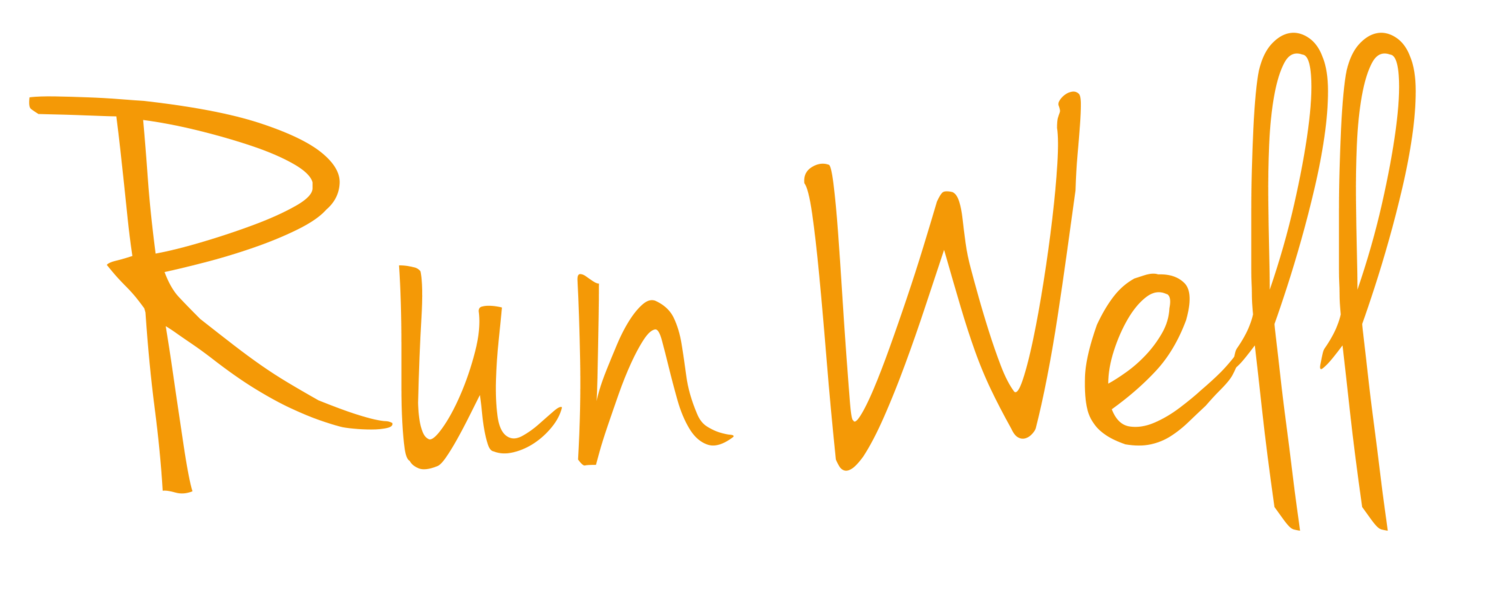You can be assured of one thing this Sunday if you're running the marathon. It's going to hurt, at some stage towards the end. There's pretty much no getting away from that. Your response to that hurt will determine how well, or how fast you finish, and may be the difference between getting that elusive PB, or not.
So, when the question is asked, what will your response be?
““Pain is inevitable. Suffering is optional. Say you’re running and you think, ‘Man, this hurts, I can’t take it anymore. The ‘hurt’ part is an unavoidable reality, but whether or not you can stand anymore is up to the runner himself.”
”
Ooh, It's the deep burn. Oh, it's so deep. - Ron Burgundy.
Pain vs Suffering?
When the question is asked, what will your response be?. Pain, or suffering? This usually occurs somewhere after the 32km mark of your marathon race, and will determine how well you finish. Perhaps whether you get that PB you're after!
Think of the child who runs and runs and runs, laughing, playing, until they collapse exhausted on the ground, still laughing. The children playing in the cold ocean waters in early Spring, having too much fun to notice anything but cold water.
They feel the sensation - cold, exhausted, breathless, yet do not suffer from it.
Pain in the body is the most immediate form of suffering. But is pain really the same as suffering?
Pain is just a physical sensation. It is our mind that tells us we are suffering.
Suffering comes from our experience, that we learn and develop as we get older based on what we've experienced before. Essentially suffering prevents us from continuing with the discomfort or sensation that we are experiencing. Whist sometimes this can be to avoid potential injury, our bodies are very capable of enduring much, much more than our mind will often allow. And this is the point of training hard, which trains our mind to accept pain ( discomfort) and deal with it, even use it to keep us going. In this sense, to the seasoned runner, pain & suffering are mutually exclusive.
Physical running ability is certainly the primary determinant of performance in running races, but pain tolerance — or perhaps more accurately 'suffering tolerance' — is also a major factor. Read more here.
When you run the marathon, you will be asked the question as you approach the final stages of the race, typically beyond 32kms. Can you sit with the pain, are you comfortable to carry that with you to the finish, or will you let your mind bring suffering into the equation, and allow it to slow you down?
““WHATEVER DOESN’T HURT IS JUST YOUR COMFORT ZONE””
Pain is inevitable, Suffering is optional.
If you're in search of a big PB this Sunday, you better be prepared to make pain your friend.
To quote from Alan Jeans, in the 1989 Grand Final - Are you willing to pay the price?
Good luck to all the fabulous competitors that have made it to the start line in the Melbourne Marathon this Sunday!
Daniela Ryf, Ironman World Champion. - surely, she doesn't race in that?
Read more about Daniela Ryf here.
And if you're looking for some more inspirational quotes about running the marathon, you will find them here.














